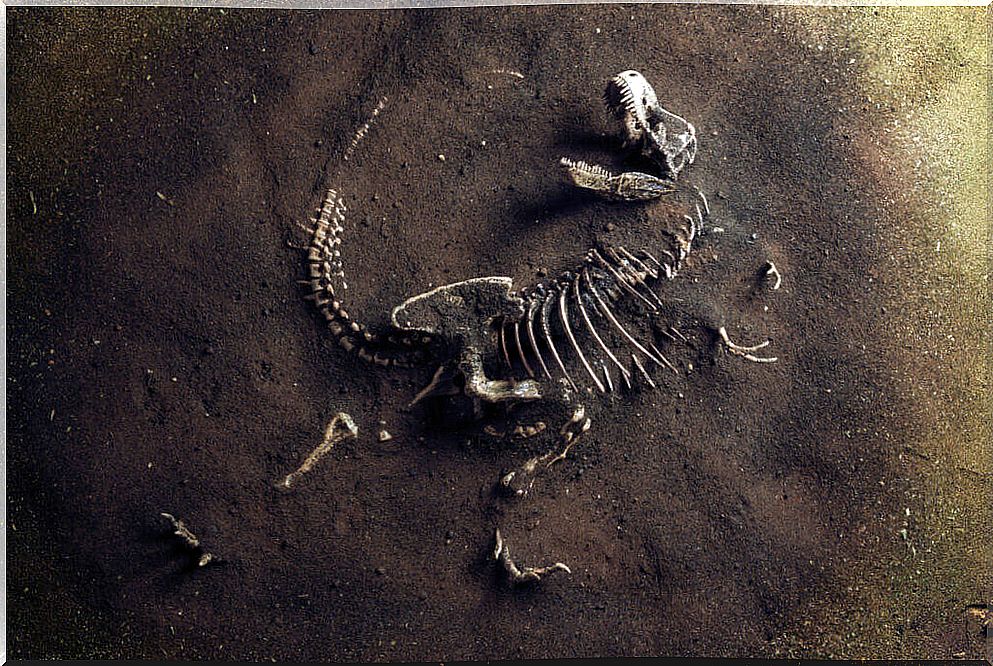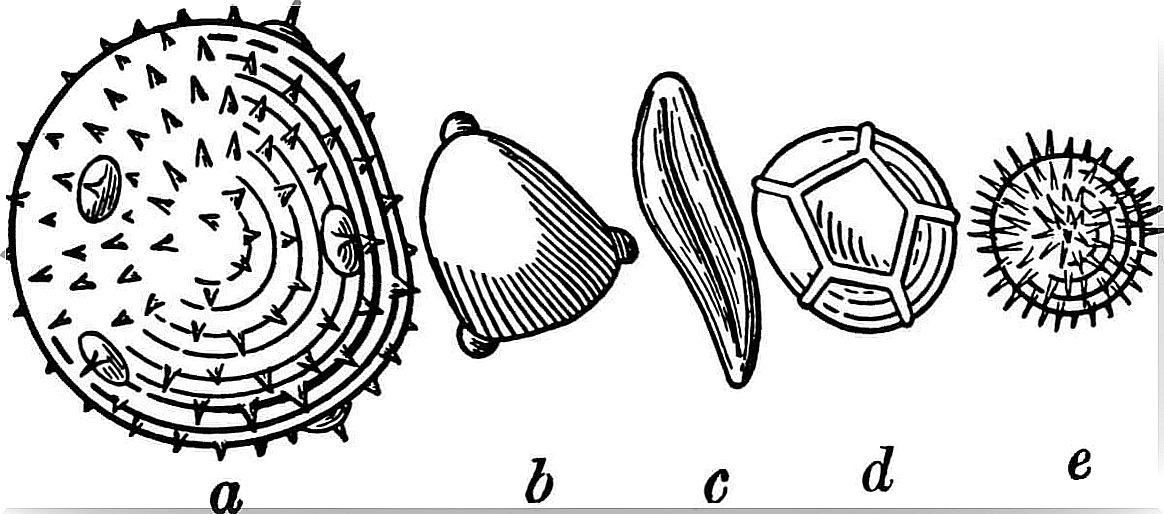What Is Paleoecology?

Paleoecology is a science dedicated to discovering the ecology of the past. Therefore, your task is to describe the environments and trophic relationships of animals and plants that lived on Earth hundreds, thousands and even millions of years ago.
How is it possible to check vegetation in a specific place millennia of years ago? What tools does this science use to unravel the mysteries of the past? We will tell you all this and more in this space.
The secrets hidden under the lake
To begin exploring the world of paleoecology, we suggest that you, the reader, give free rein to your imagination and mentally move to the edge of a small lake.
We can imagine a beautiful lake with turquoise waters, surrounded by some young pine trees. Or, if you prefer, we can think of a dark and deep Scottish lake, surrounded by centuries-old oak trees whose branches sway in the wind.
Whichever body of water comes to mind, they all have one thing in common: they store very valuable information for ecologists in their depths, although it may not seem like it at first.
Over the years, the pollen excreted by the vegetation that surrounds the bodies of stagnant water (lakes, reservoirs and small ponds) ends up falling into the water and, consequently, reaches the bottom of lakes. This pollen ends up accumulating in the sediments that, year after year, form an increasingly thick layer at the bottom of the lakes.
Palynology, a look at past vegetation
Using sophisticated drilling techniques, ecologists extract cores from sediments, similar to extracting ice cores from glaciers or the poles. Once extracted, these cores contain fossilized pollen from the vegetation that, at some point in the past, surrounded the lake.
Therefore, palynology, or analysis of fossilized pollen, is extremely useful for researchers. This is because it allows knowing the evolution of vegetation at a given point. Thus, scientists can glimpse, as if there were a window, the past of plants that lived in ecosystems.

Paleontology: the study of animal fossils
As we can imagine, palynology is one of the most useful, modern and cheapest tools we have for knowing the state of ecosystems in the past.
Knowing which plants existed, we can deduce which herbivorous animals ate them, and so on, until the entire food chain is unraveled. However, the first steps in paleoecology were taken with the study of animal fossils.
The study of fossils, or paleontology, allows us to know what some organisms were like millions of years ago. Thanks to the fossilization process, the remains of some animals are preserved as rocks in the layers that make up the earth’s crust.
The study of fossils allows us to discover the evolution of animals to the present. This is the case with fossils that show us our past as human beings. The Australopithecus, the Atapuerca sites and the Neanderthals are examples of fossils that illuminate our past.
Extinct animal fossils
However, probably the most impressive aspect about the animal fossil record is discovering entire species or taxonomic groups of animals that no longer live among us.
The best known case is that of dinosaurs, the “terrible lizards” that dominated the Earth between 250 and 65 million years ago. Its disappearance occurred because of the impact of a meteorite on Earth and currently birds are the only surviving group.
One of the most curious studies that exist on this topic is the analysis of fossilized skulls, which provide a lot of information about the brain capacities of dinosaurs. So, for example, Velociraptor is known to be an extremely intelligent animal.
Although dinosaur fossils are the best known example to the general public, there are numerous groups of animals that have gone extinct and that we only know about because of the fossilized remains.
Burgess Shale, a unique place for paleoecology
At the Burgess Shale shale site , we find what is probably the best place in the world to study the paleoecology of Cambrian organisms. At this site, located in the heart of Canada’s Rocky Mountains, there are thousands of fossils of organisms of splendid variety.
What makes this place unique is the fact that it was formed because of a clay avalanche that trapped thousands of marine animals from the Cambrian period (trilobites, molluscs, arthropods and other ancient invertebrates) still alive. Therefore, rebuilding your ecology becomes simpler.
Thus, paleoecologists can study thousands of fossils that otherwise would not have been found. A notorious example is the Hallucigenia , an onychophore named for its incredible thorny body.

In conclusion, whether through the study of fossilized pollen or animal fossils preserved in the rock, we can see how paleoecology allows us to reconstruct the environments and ecosystems of the past with incredible precision.









